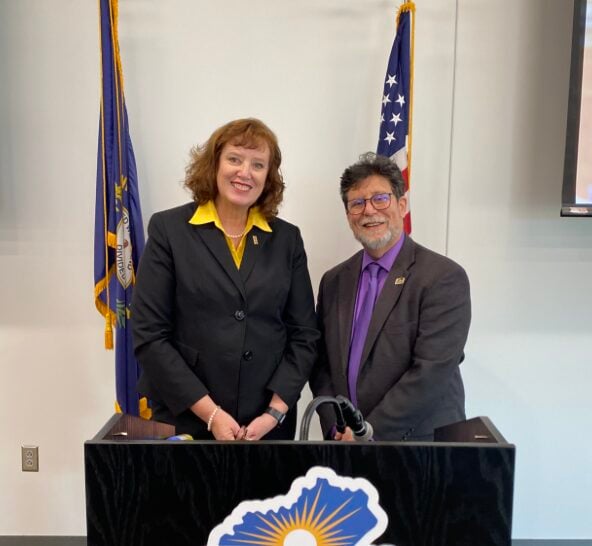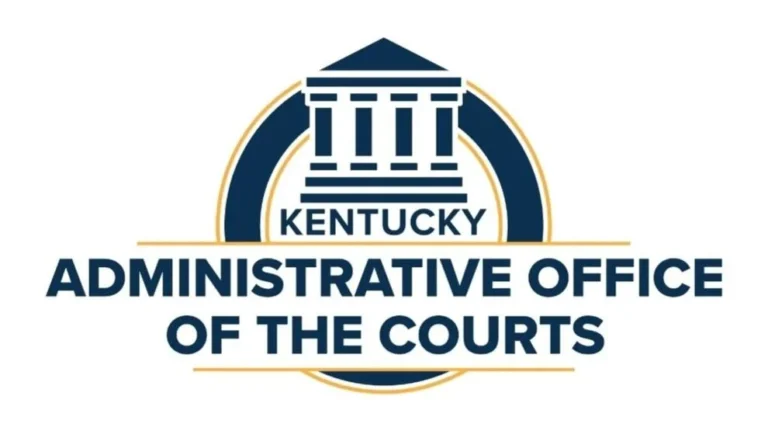Before leaving for their two-week spring break, the House and Senate each passed their own versions of a budget resolution. A big reason for the push is that Republicans believe that to fulfill the mandate they got in the 2014 elections they must approve a budget that reaches balance in 10 years, and both the House and Senate budgets, at least on paper, achieve that goal.
Now that both chambers have passed their respective bills they must conference the differences to create a Conference Report that then must pass the House and Senate.
By repealing Obamacare under reconciliation, Democrats in the Senate won’t be able to block this bill from passing. However, there is little doubt that the president would veto any bill repealing his signature accomplishment. As the president himself points out, it is called OBAMAcare!
A major complication in the budget process is that after a two-year delay in fully implementing the budget cuts mandated by the sequester, sequestration returns for the new fiscal year. The FY 2016 sequester requires cuts, divided between defense and non-defense spending, of over $80 billion. Defense-oriented Republicans are opposed to the defense sequester cuts. Republican budget hawks, who argue that sequester cuts may be the only way to move toward a balanced budget, want the defense increases to be paid for by cuts elsewhere in the budget. Additionally, many Democrats oppose only increasing defense spending above the sequester levels while maintaining the cuts for domestic programs.
In the House and Senate budgets, the defense-increase dilemma was avoided by keeping the sequester cuts, but putting an additional $38 billion of defense money into the special Overseas Contingency Operations fund created to pay for the wars in Iraq and Afghanistan. The OCO is exempted from the sequester requirements to pay for new spending with either other cuts or new revenue. President Obama wants to revise the sequester and increase both defense and domestic spending.
Congress hasn’t completed action on a budget resolution since 2010, a budget resolution is not a law, is not signed by the president and isn’t required as part of the annual appropriations process. The budget resolution, however, is a roadmap for a reconciliation bill. Reconciliation is the special procedure that allows for moving spending and revenue issues through Congress without the threat of a Senate filibuster.
Issues ranging from the Bush tax cuts to Obamacare have been passed using reconciliation. Assuming they can get a budget resolution Republican leaders must start the process of formulating a policy with respect to Budget Reconciliation. The issue for Republicans is whether Reconciliation will be used to send a political message such as a repeal of Obamacare, or whether it will be used to find compromise with the White House.
Bottom line. Many Republicans in the House voted for the budget for only one reason – they want to send the president a repeal of Obamacare. Despite the 50 House votes since 2011 to repeal Obamacare they still want to pound away at the issue. By repealing Obamacare under reconciliation, Democrats in the Senate won’t be able to block this bill from passing. However, there is little doubt that the president would veto any bill repealing his signature accomplishment. As the president himself points out, it is called OBAMAcare!
The real dilemma for the Republican leaders is that reconciliation offers Congress and White House the opportunity to work on a list of tough votes they could put in reconciliation and not face a Senate filibuster from the left or right. This may become appealing on issues such as funding the highway trust fund, increasing the debt ceiling and replacing the Obamacare subsidies if the Supreme Court rules against them. No matter how many good proposals are put in a reconciliation bill, the inclusion of Obamacare repeal would end in a veto. Tough decisions when Congress returns April 13.
Tom Block is a public policy consultant who had a 21-year career with JP Morgan Chase where he served as head of government relations in New York City and created a Washington research product. He also created the bank’s EU Government Relations program and developed a new position as U.S. government policy strategist focusing on how U.S. government policy impacts capital markets. He has an extensive government and banking background, has worked on political campaigns and as a speech writer. He is a family trustee of Bernheim Aboretum in Louisville and holds a bachelor’s degree in political science from American University. He and his wife make their home in Kentucky. Contact him at tomblockct@aol.com.






















